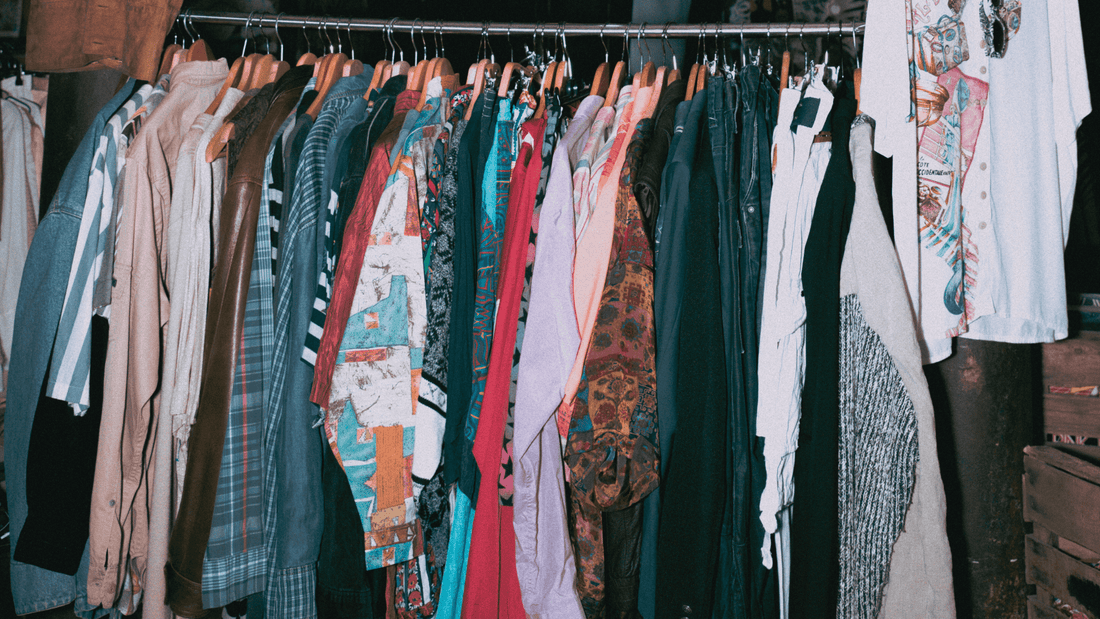
The Eco-Friendly Appeal of Vintage Clothing
Share
In an era where sustainability is at the forefront of our global consciousness, individuals are increasingly seeking ways to reduce their environmental footprint. One noteworthy trend gaining momentum is the resurgence of vintage clothing. Beyond its nostalgic charm and unique style, vintage clothing has earned a reputation as an eco-friendly choice. In this blog, we will delve into the various reasons why embracing vintage fashion can be a positive step toward a more sustainable wardrobe.
- Reduction of Textile Waste
The fast fashion industry is notorious for its rapid turnover of trends, resulting in an alarming amount of textile waste. Vintage clothing, by its very nature, helps combat this issue by extending the lifecycle of garments. When individuals choose to buy and wear vintage pieces, they contribute to a circular economy, reducing the need for new production and lessening the burden on landfills.
- Lower Carbon Footprint
The production of new clothing involves extensive processes, from raw material extraction to manufacturing and transportation. Vintage clothing, however, has already gone through these stages. By choosing vintage, consumers opt for garments that have a significantly lower carbon footprint compared to newly manufactured items. This choice aligns with the principles of sustainability, promoting a more environmentally conscious approach to fashion.
- Preservation of Craftsmanship and Quality
Vintage clothing often showcases a level of craftsmanship and quality that is not as prevalent in today's fast fashion market. Many older garments were handmade or produced in small batches, using durable materials. By appreciating and adopting these timeless pieces, individuals not only invest in a more sustainable wardrobe but also support the preservation of traditional craftsmanship over mass production.
- Unique Style and Personal Expression
The cyclical nature of fashion allows individuals to discover and revive styles from the past. Choosing vintage pieces enables people to express their unique personality through clothing while avoiding the cookie-cutter designs prevalent in fast fashion. By fostering individuality and embracing a more eclectic fashion sense, vintage enthusiasts contribute to a cultural shift away from disposable, trend-driven fashion.
- Reduction of Harmful Chemical Usage
The conventional production of new clothing often involves the use of harmful chemicals in dyeing, finishing, and treating fabrics. Vintage clothing, having been produced before the widespread use of certain hazardous substances, tends to have a lower environmental impact in terms of chemical pollution. Opting for vintage garments is a conscious choice to reduce the demand for new items and, consequently, limit the environmental harm caused by modern textile production processes.
Embracing vintage clothing goes beyond a mere fashion statement; it represents a conscientious choice towards a more sustainable and eco-friendly lifestyle. By choosing vintage pieces, individuals contribute to the reduction of textile waste, lower their carbon footprint, support traditional craftsmanship, and express their unique style. As we navigate the complexities of environmental responsibility, the timeless appeal of vintage clothing provides a refreshing and stylish alternative, proving that fashion and sustainability can indeed coexist harmoniously.
